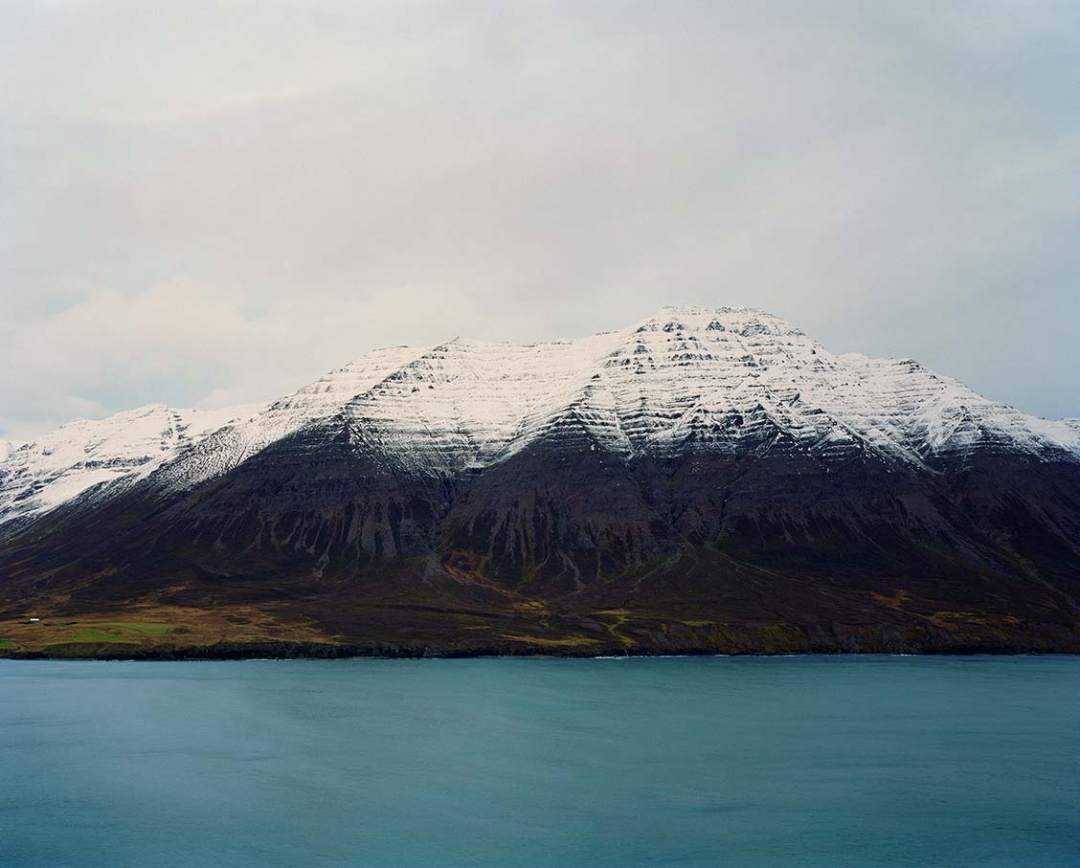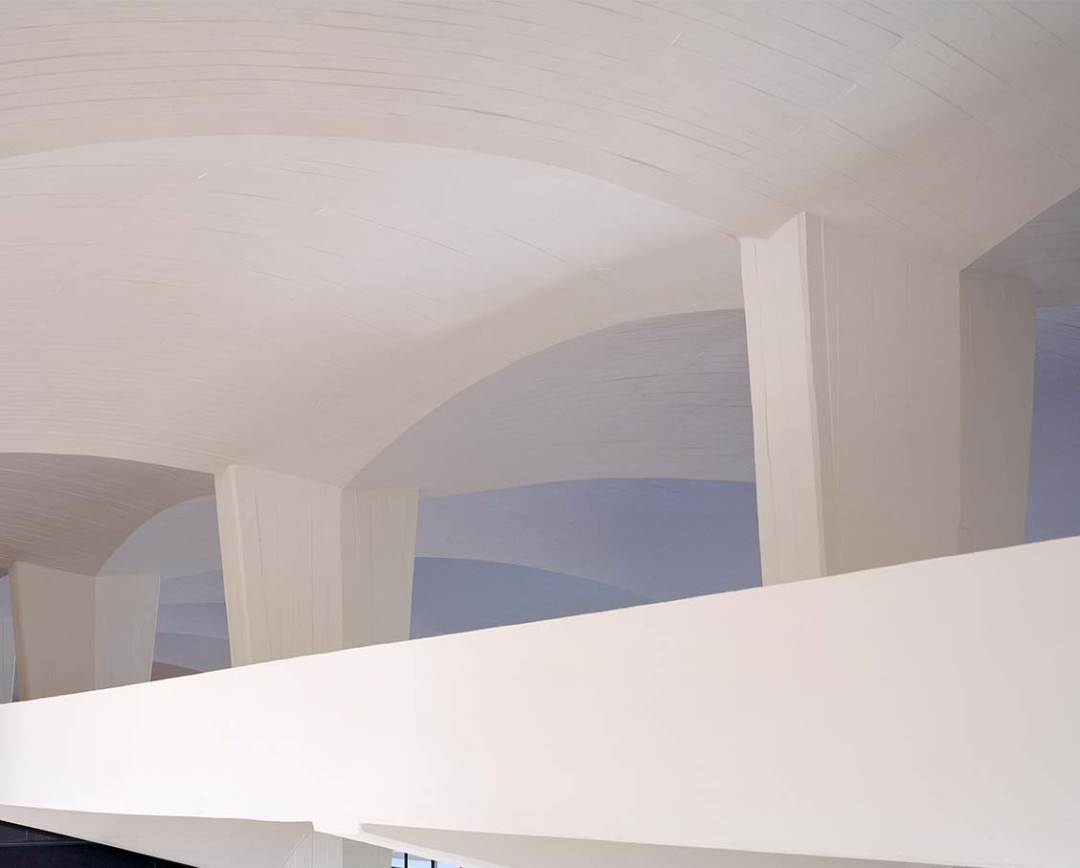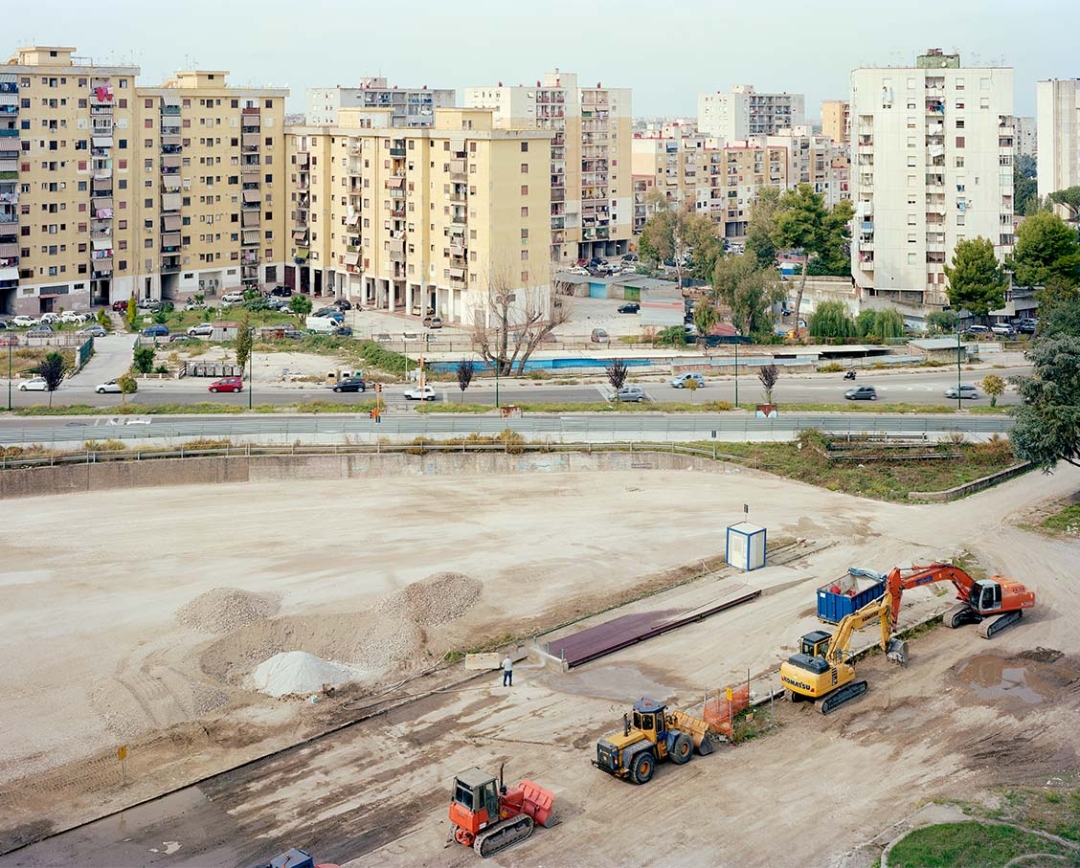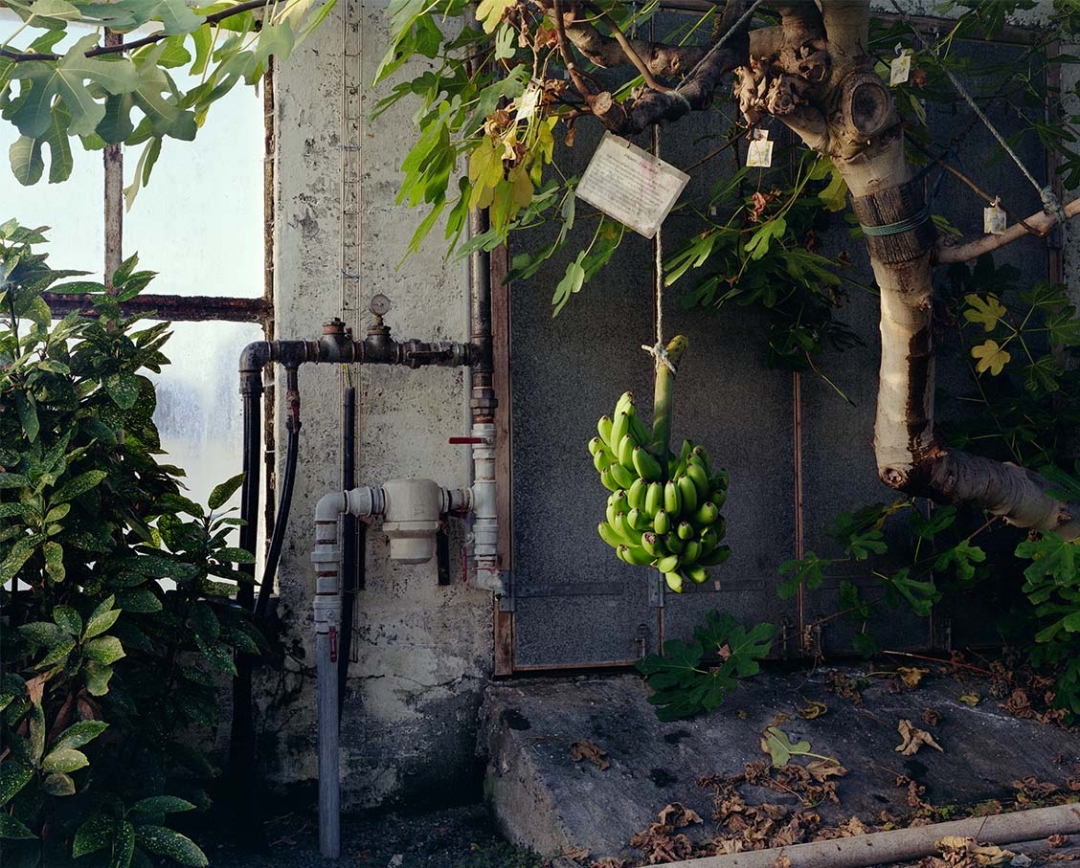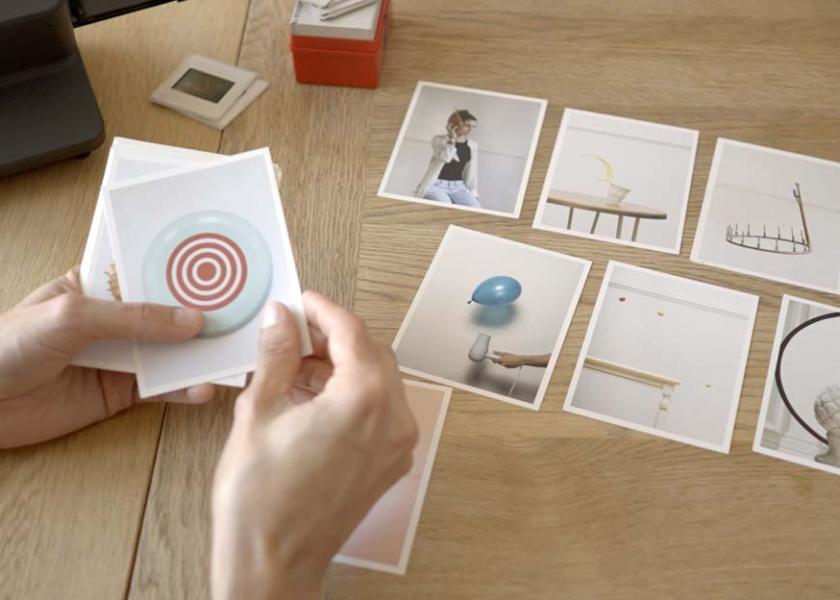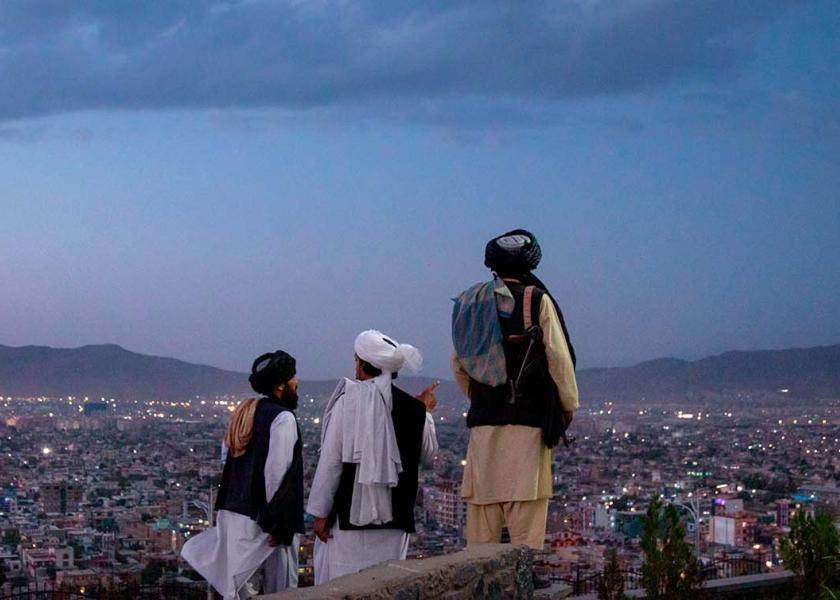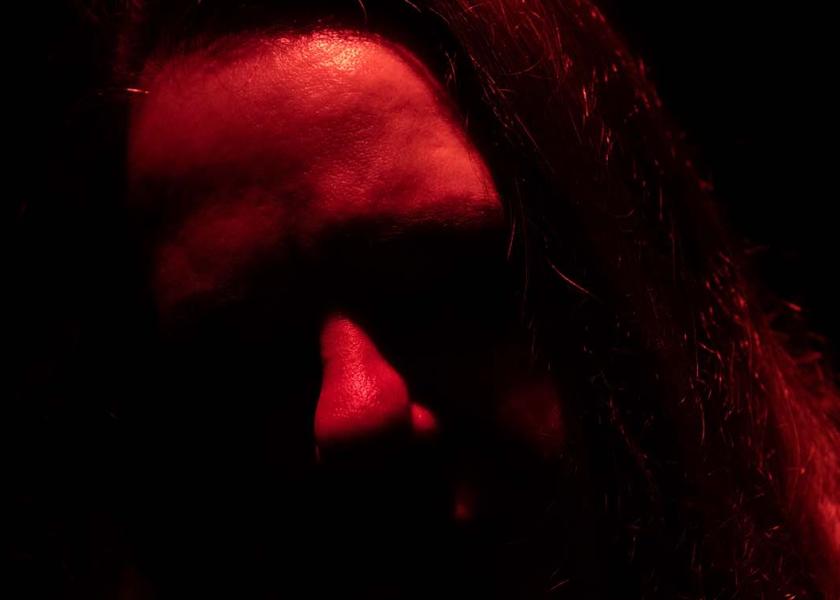Juan Baraja
The photographer of architecture
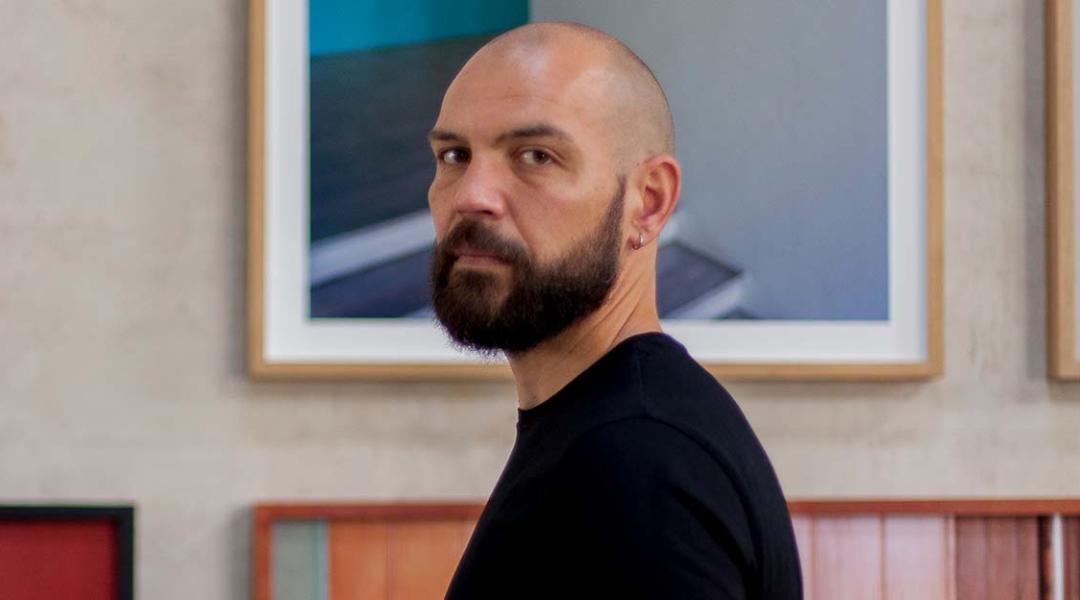
When it comes to photographing a building, Juan Baraja pays attention to its texture, sounds, and smells, not only its geometry. This particular way of perceiving space has turned the artist into one of the leading young photographers of contemporary architecture. Within the framework of PHotoESPAÑA, he presents the exhibition 'Against All That Glitters: Effects of Time'.
The hallway of his great-grandmother’s house connected the inside of the home to a vegetable garden along a shiny waxed cement slope. Click. Something made that image stay in the mind of Juan Baraja (Toledo, 1984), instead of the face of his great-grandmother. Still today, the same thing happens with the sensory stimuli of each forgotten space he goes through with his heavy camera equipment. The ICO Museum gathers his work together in the exhibition Against All That Glitters: Effects of Time, from the 2nd of June until the 11th of September, within the framework of the official PHotoESPAÑA section.
Your interest in architecture emerged even before your passion for photography. How did your gaze develop?
In my workshops I explain how we surround ourselves with spaces, but we don’t pay attention to the details. As a child, I remember visiting my great-grandmother’s house and those of her neighbours with tiny courtyards, covered by a kind of skylight that gave those houses in La Mancha a very particular kind of light, full of spider plants and balsams, with curtains that’d float when the doors were flung wide open... I’ve always been interested in those little details. When I was 15 or 16, I even considered becoming an architect, but photography was what helped me better understand and become more aware of spaces. Needing to take notice of details is related to that gaze, to pausing even for just a second. Even a photojournalist needs an instant to pause.
You’ve worked with universal film and 6x6 film cameras, but there came a point where you changed to a plate camera. How did this development unfold?
The tool you use to work with influences your gaze. There are architectural photographers who work with universal or 35-mm film, and if you work with 35mm without a tripod, you’re quicker, you can move and carry the camera in your hand. The way you relate to what you’re going to photograph is different: the gesture changes and you lift the camera to eye level. With medium format and the use of the tripod, the rhythm of shots slows down, but I realised that I need to change to large format, which slows everything down even more, to achieve the result I wanted.
“I even considered becoming an architect, but photography was what helped me to better understand and become more aware of spaces”
After photographing landscapes and spaces, we find some portraits in your work. What was that leap like?
I believe your personality also affects the way you take photographs, and I’m quite shy. Portraits were something that were always there, but I felt a kind of panic when facing the subject, striking up a conversation, and establishing a connection for a few minutes. Also, I wanted my portraits to be as strong as my photos of architecture, for the audience to identify them as mine. In that context, I travelled to Iceland to photograph architecture and winter landscapes, and I was caught by a snowstorm that prevented me from moving, frozen under five feet of snow. I told myself it was time to try portraits, and that’s how the project Norlandia, the name of a family-run fishing business, came about, and their workers were my first subjects. First, I would set the scene, and then the subject would come in. It took me quite a while and that’s where I lost my fear of talking to strangers.
In your photography, how much is technique and how much is talent?
I like to remember the concept of the “photographer’s disposition” that Manolo Laguillo, an expert in large format, would repeat during his classes. He defined it as a photographer’s ability to adapt to the circumstances and the situation, how we face things and how we find our line of work, our language. That a person’s photos evolve in a certain direction and that their gaze is recognised is related to disposition. And talent? Well, I’m not sure if it’s born or made. I believe you train the eye: you need to work on it to achieve the outcome you expect. In my case, for example, there’s an important technical aspect, of learning throughout the five years I studied Fine Arts. I wanted to learn the technique, which is what I love the most about photography: controlling the scene, the contrast, measuring the light, and imagining what the image will be like.
You declare that architecture is perceived through all five senses. What do you mean?
I think that photography is a two-dimensional visual object, and you have to convey sensations to an image. However, architecture, which is three-dimensional and built for us, is multi-sensory and that’s how I perceive it in each project. The building moves you, excites you, it’s the idea of “atmosphere” that Peter Zumthor describes in his book Atmospheres. That’s why, when I talk about tactility, for example, I mean that worn out wooden handrail, but also scents, sounds, or silences. It means being a sponge, being open to all sensations to capture them in an image.
We've spoken about Manolo Laguillo and Peter Zumthor, which other role models inspire you?
At the beginning I was fascinated by German industrial photography, so static and imposing. I find the work of Hilla and Bernd Becher, Thomas Struth, and Thomas Ruff really inspiring. But if I had to choose just one, it’d be Wolfgang Tillmans, I even travel to see his exhibitions. I love how he faces photography. You can see an image and you can like it or not, but when he starts a project, he’s already thinking about how it’ll be seen —as a book or an exhibition— and that’s related to how he determines formats. Going to his exhibitions is an experience beyond the images themselves, it’s almost an immersive experience with a spatial approach.
“Portraits were something that were always there, but I felt a kind of panic when facing the subject”
And in your case, what is your creative process like?
The way I work is really slow and deliberate. First, I go to a building, I visit it, I measure it, I study it —I observe how the light comes in, the differences between the morning and the afternoon—, I go through it, in short, I force myself to observe before photographing. These aren’t short projects. Now I’m photographing the construction process of the high-speed train line connecting Vitoria, Bilbao, and San Sebastián. I started taking photos in 2014 and I’d like to continue until the end of the works, planned for 2028. Everything’s related to time: a certain amount of time passes between taking the shot until you see the image, enough time for the image to settle. That’s why I enjoy watching how the series are completed: I realise the things that I’m missing. Each project is created like a puzzle, you can see the loose pieces, but the interesting thing is the ensemble.
How did the idea of bringing together your work in the compilation exhibition Against All That Glitters: Effects of Time come about?
It comes from a prior exhibition at Fundación Cerezales Antonino y Cinia (FCAYC), in León, called Olvidados del tiempo. I realised that we do projects so quickly that we don’t even stop to think about what we’ve done up until now. I saw that I had architectural projects, and other completely different projects, like Experimento Banana or Norlandia. I was full of doubts: does the story I’m telling make any sense? It all felt disconnected. For me, it was important to reflect on if it was consistent. And indeed, there was a progression there, it consolidated my project, and now’s the time to present that puzzle at PHotoESPAÑA.
